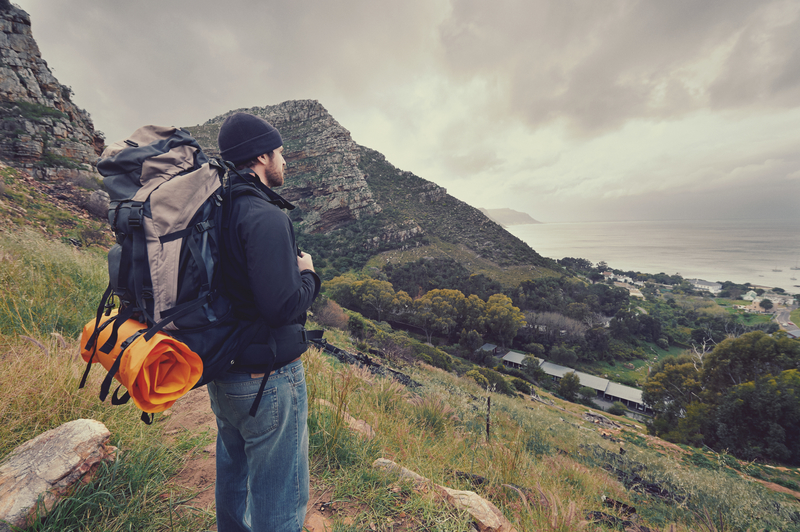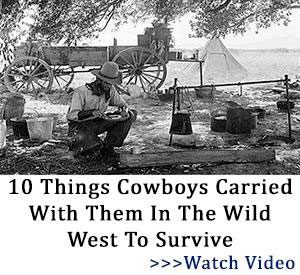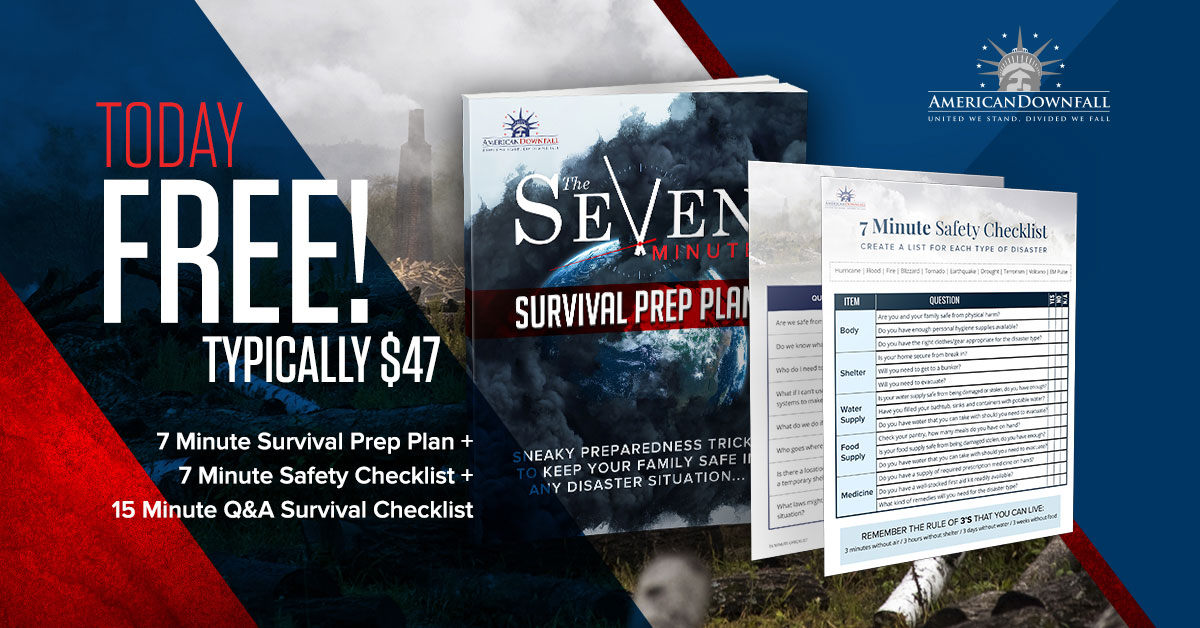If you watch the television show NCIS, then you know that one of Gibbs’ rules states that his agents should always carry a knife. Knives have helped his agents out of many different jams, some life-threatening. Emergency prepping has its own set of “must haves.” And yes, knives are on that list. Here it is.
1) A pocket knife
Every emergency prepper should have a solid Swiss pocketknife stashed somewhere near their other supplies. These knives are good for defense, for cutting up things like meat and for slicing twine. Since they come with other things attached to them, such as corkscrews, tweezers, and scissors, they are even more useful. If you want to keep a second knife either on your person or in your stash, choose a switchblade. These fold up nicely and tend to be longer and sharper than pocketknives, which means that they’re even better for defense.
2) A box of matches in a waterproof container
There will come a time when you’ll need to start a fire. And you’d better have some matches on hand. While lighters are sometimes just as good, they tend to run out of lighter fluid, and they can be tricky to work. Matches are almost universal, are easy to use, and have no expiration dates. As long as they’re stored in a waterproof box, they’ll remain in good shape for years to come. You need matches and something to start a fire with – a piece of flint or firestarter – in your emergency pantry.
Related Article: 3 Extremely Simple Ways to Make Waterproof Matches
3) A flashlight and some backup batteries
It goes without saying that a flashlight provides light when the power is out. Yes, candles do the same thing but are more dangerous. Open flames always are. If you choose a small, yet powerful torchlight type of flashlight, you’ll have an adjustable amount of light and a useful weapon, as those tend to be made of titanium. Make sure to have some backup batteries on hand, since your flashlight will be literally useless without them. In fact, you should store your flashlight and batteries in a waterproof container as well, right next to your matches.
4) A compass
Getting lost in the woods is no joke. Even if you don’t know where you are, a compass can help you at least determine which direction you’re moving in. It also helps if you have a topography map of your area, which will help you figure out where you need to go to reach help or get out of the area. Thankfully, compasses are small and light, making them easy to carry.
Related Article: Homemade Compass
5) A length of strong, lightweight rope or cord
You might need to store things, such as food, off of the ground. Stringing it in a tree with a piece of cord is one way of doing this. The string can also bind up intruders, hold things together, and help you rappel down the side of a cliff if necessary. It’s always good to have some strong twine on hand.
6) An emergency blanket
Mylar blankets are the most popular choice. They tend to be both reflective, which means that other people – hopefully, rescuers – can see you – and heat drawing. They’ll pick up the warmth of the sun and keep you from freezing. They’re also lightweight and will fold up quite small. Make sure to keep a mylar blanket in your emergency area, in the trunk of your car, and if you spend time in the woods, put one in your pack. You never know when you’ll need one.




